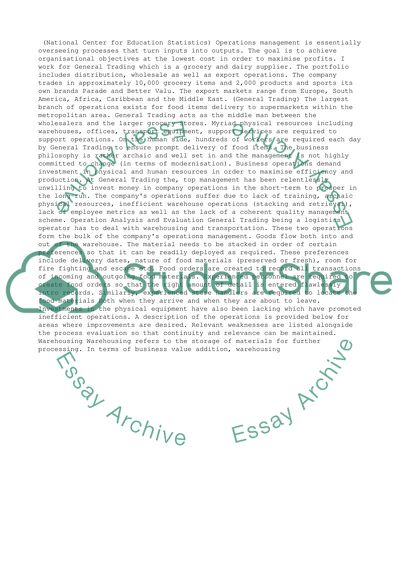Cite this document
(“Operational Management Business Plan Term Paper”, n.d.)
Retrieved from https://studentshare.org/management/1428308-operational-management-business-plan
Retrieved from https://studentshare.org/management/1428308-operational-management-business-plan
(Operational Management Business Plan Term Paper)
https://studentshare.org/management/1428308-operational-management-business-plan.
https://studentshare.org/management/1428308-operational-management-business-plan.
“Operational Management Business Plan Term Paper”, n.d. https://studentshare.org/management/1428308-operational-management-business-plan.


